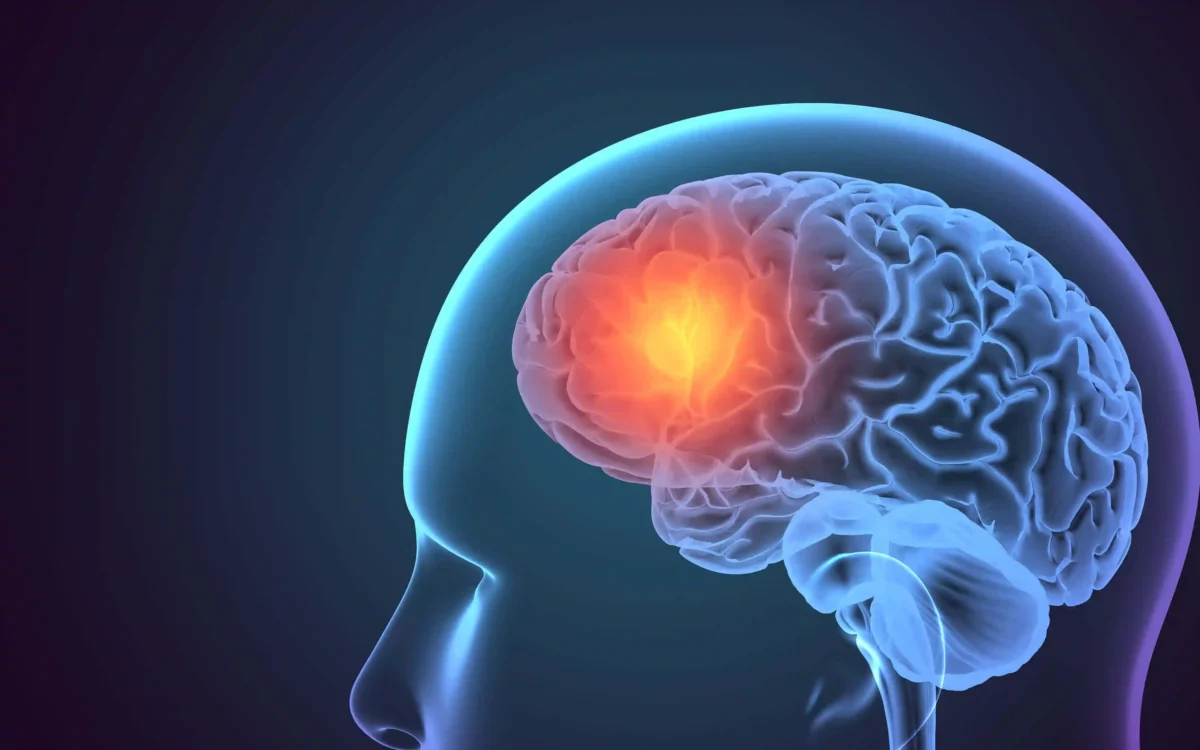Why it is done?
It is done for diagnosis and treatment for various upper GI diseases like reflux disease, difficulty or pain during swallowing , blood in vomitus , chronic abdominal pain , diagnosis of cancer.It is used for treatment of putting stent in cancer patients and to stop bleeding.
What preparation required before gastroscopy?
You will asked not to eat 6-8 hours before procedure and not to drink 2 hours before procedure.If you are diabetic then don’t take medicine for diabetes or insulin. You can take regular medications other than diabetes before procedure.Your doctor will advise you if you require to stop blood thinner medications before procedure.
How it is done?
Gastroscopy often takes less than 10 minutes, although it may take longer if it’s being used to treat a condition.
The procedure will usually be carried out by an endoscopist (a healthcare professional who specialises in performing endoscopies) and assisted by a nurse.
A local anaesthetic spray will be used to numb your throat for the procedure and you’ll be asked beforehand if you’d like to have a sedative injection. Young children may have the procedure under general anaesthetic, which means they’ll be asleep while it’s carried out.
Before the procedure starts, you’ll be asked to remove any glasses, contact lenses and false teeth.
Dr. Apurva Shah Says : The local anaesthetic spray is then given and a small plastic mouth guard placed in your mouth, to hold it open and protect your teeth.
You’ll be asked to lie down on your left-hand side and the endoscopist will insert the endoscope into your throat. They’ll ask you to swallow it to help move it down into your oesophagus- foodpipe. This may be uncomfortable at first and you may feel sick or gag, but this should pass as the endoscope is moved further down.
It may feel a bit uncomfortable when the air is blown into your stomach, and you may burp or feel bloated. This should start to improve once the procedure is finished.
Dr. Apurva Shah Says : If abnormalities are detected, a tissue sample (biopsy) can be removed and sent to a laboratory for examination under a microscope. You won’t feel anything while the sample is removed.
After procedure:
After the procedure, you’ll be taken to the recovery area.
If you didn’t have a sedative, you can usually take food and go home soon after the procedure is finished.
Dr. Apurva Shah Says : If you had a sedative, you’ll need to rest quietly for a few minutes or hours until the sedative has worn off. You’ll also need to arrange for someone to take you home and to stay with you for at least 24 hours.
Even if you feel very alert, the sedative can stay in your blood for 24 hours and you may experience further episodes of drowsiness.
During this time, you shouldn’t
- drive
- operate heavy machinery
- drink alcohol
- take sleeping tablets
- sign any contracts or legal documents
Before you’re discharged, the nurse or doctor may be able to explain the results of the procedure to you.
Risks:
A gastroscopy is a very safe procedure and the risks of serious complications are small.
Some of the possible complications of a gastroscopy include:
- reaction to the sedation
- bleeding
- perforation (tearing)




